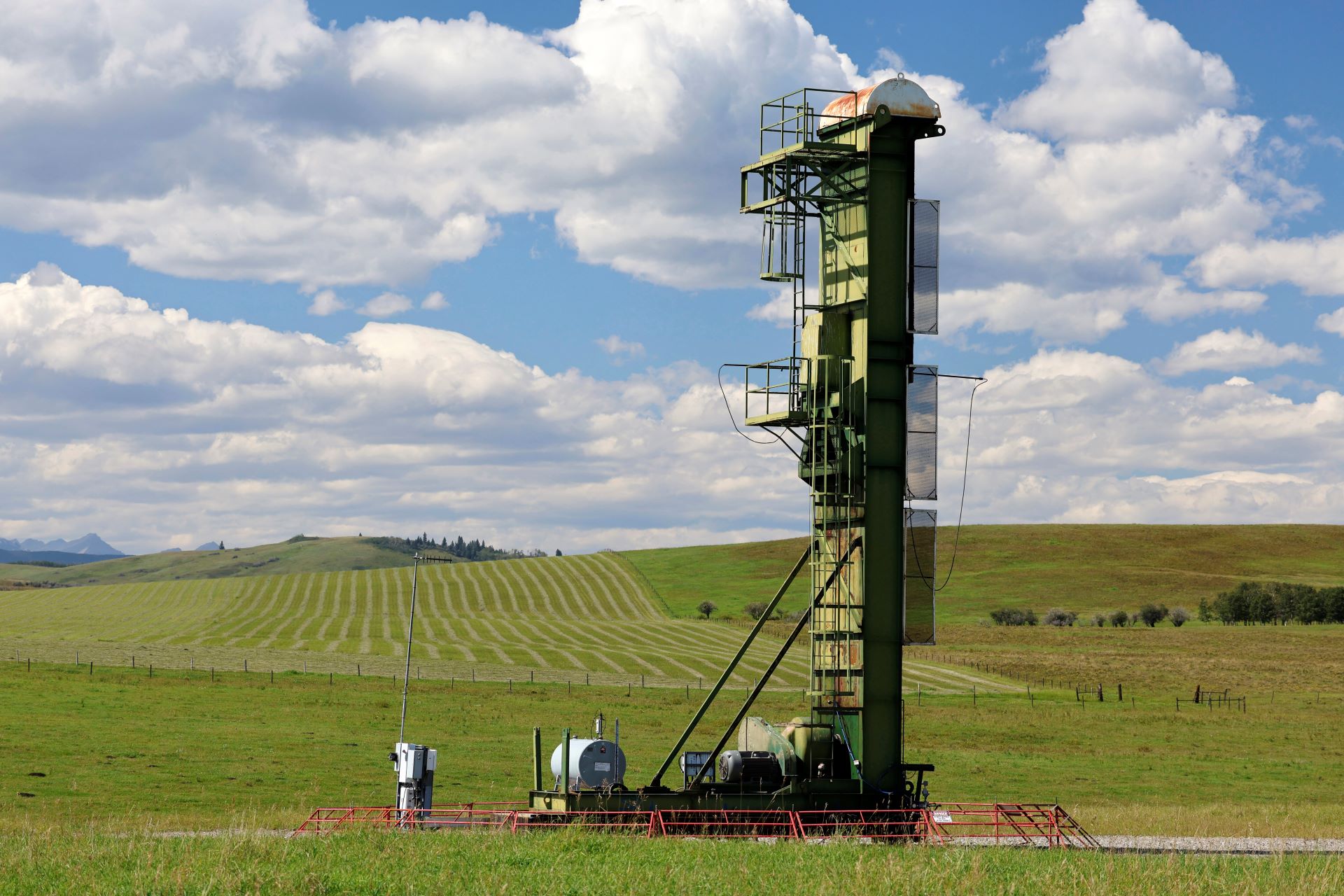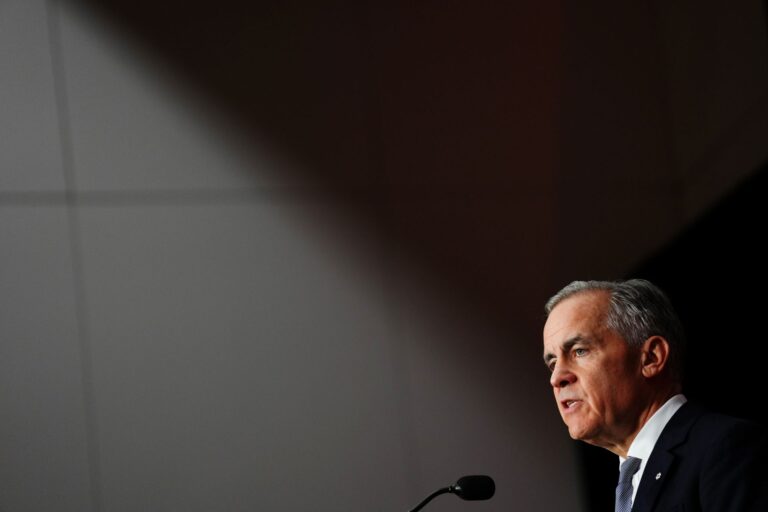Alberta’s climate-change strategy, the emissions reduction and energy development plan (ERED), announced with fanfare by the Smith government in April 2023, seems to be in public limbo after more than two years.
The plan outlined a series of actions, opportunities and commitments to reduce the province’s emissions, including an aspirational target of a carbon-neutral economy by 2050.
But implementation appears to have stalled, which is troubling given renewed talks between Ottawa and Alberta about a “grand bargain” focused on significantly reducing greenhouse gas emissions, encouraging carbon capture and storage deployment, and unlocking pipeline development.
The 2025 mandate letters from Premier Danielle Smith to the ministers of environment and protected areas and energy and minerals make no reference to implementing the plan despite a 2023 mandate letter from the premier that talked about the two ministers co-ordinating to do so.
No significant action on implementation appears to have occurred over the past two years around the following key initiatives, which I support and believe are critical to success:
- reducing the provincial oilsands 100-megatonne (Mt) annual emissions limit to align with carbon capture and storage project targets – an estimated 11-Mt annual reduction in CO2 emissions by 2030 – of the Pathways Alliance, an organization representing six of the largest oilsands producers;
- working collaboratively with partners – including environmental NGOs, industry, Indigenous organizations, municipalities, labour groups and others – to design effective policy and programs to support implementation of the ERED;
- establishing policies and programs that are evidence-based, including understanding the environmental, social and economic impact of policy choices;
- publishing reports documenting the progress and outcome of the actions taken as part of the plan.
In a 2018 audit, the Office of the Alberta Auditor General pointed out that critical elements of a robust system to manage provincial climate-change plans included maintaining overall and sectoral implementation plans, as well as rigorous and effective monitoring of the progress of climate-change programs, including complete information on costs.
The lack of action on the ERED creates uncertainty about how Alberta can reach its goal of carbon neutrality by 2050 or any interim emissions-reduction targets for 2030, 2035, 2040 or 2045.
To come to that conclusion, we use the Canada Energy Dashboard, updated with detailed data to January 2025, based on the current suite of federal and provincial climate-change policies (but not the proposed federal oil and gas emissions cap, the federal clean-electricity regulations and the federal 75-per-cent oil-and-gas methane-reduction requirement) to examine Alberta’s emission projections. We further use refence cost assumptions for technologies such as carbon capture and storage, solar, wind and batteries, and hydrogen.
Based on this reasonable scenario, Alberta will miss its 2050 target of carbon neutrality by 222.4 megatonnes.
Canada needs to accelerate its transition to renewable energy
For reference, Alberta’s actual CO2 emissions in 2005 were 250.5 Mt, so the current Alberta emission-reduction track suggests only a 11-per-cent reduction between 2005 and 2050. In fact, based on current policies, Alberta’s CO2 emissions are expected to remain relatively stagnant at about 220-222 Mt between 2030 and 2050.
These Alberta emission levels do not include the implications of the latest Alberta government goal to increase oil production from nearly four million barrels per day in 2024 to six million barrels per day by 2030 and to eight million barrels per day by 2035.
Clearly, further actions will be critical, including vigorous implementation of the ERED, coupled with aggressive adoption of carbon capture and storage, and the early advent of direct air capture. So why the implementation delay?
One of the key components of a successful ERED is the need to conduct comprehensive emissions forecasting and analysis to develop credible sectoral and overall action plans.
The Alberta Environment and Protected Areas ministry recognized this recently when it issued an RFP to enhance the government’s internal capability to perform sophisticated analysis and forecasting of the social, economic and environmental impact of provincial climate-related policies and federal climate-related policies.
The goal is to have access to best practices and methods in the field of empirical economic-energy-environment modelling, including the ability to study the economic impact of policy scenarios, as well as how policy, energy prices and technological change impact energy use. This work is scheduled to begin in January.
Enhancing emissions forecasting and analysis capabilities within government is critical in preparing an overall ERED action plan as well as action plans for key industry sectors; establishing sectoral and interim emissions targets for 2030, 2035, 2040 and 2045; and promoting vigorous monitoring and reporting systems.
These are all best practices of a robust legislated climate-change accountability framework, which is vital because maintaining national and international credibility is important to Albertans.
The Alberta government talks about sovereignty within a united Canada. To put meaning to these words, Alberta needs a strong ERED if it expects to conclude a successful “grand bargain” with Ottawa on significantly reducing emissions, encouraging carbon capture and storage deployment, and unlocking pipeline development.












